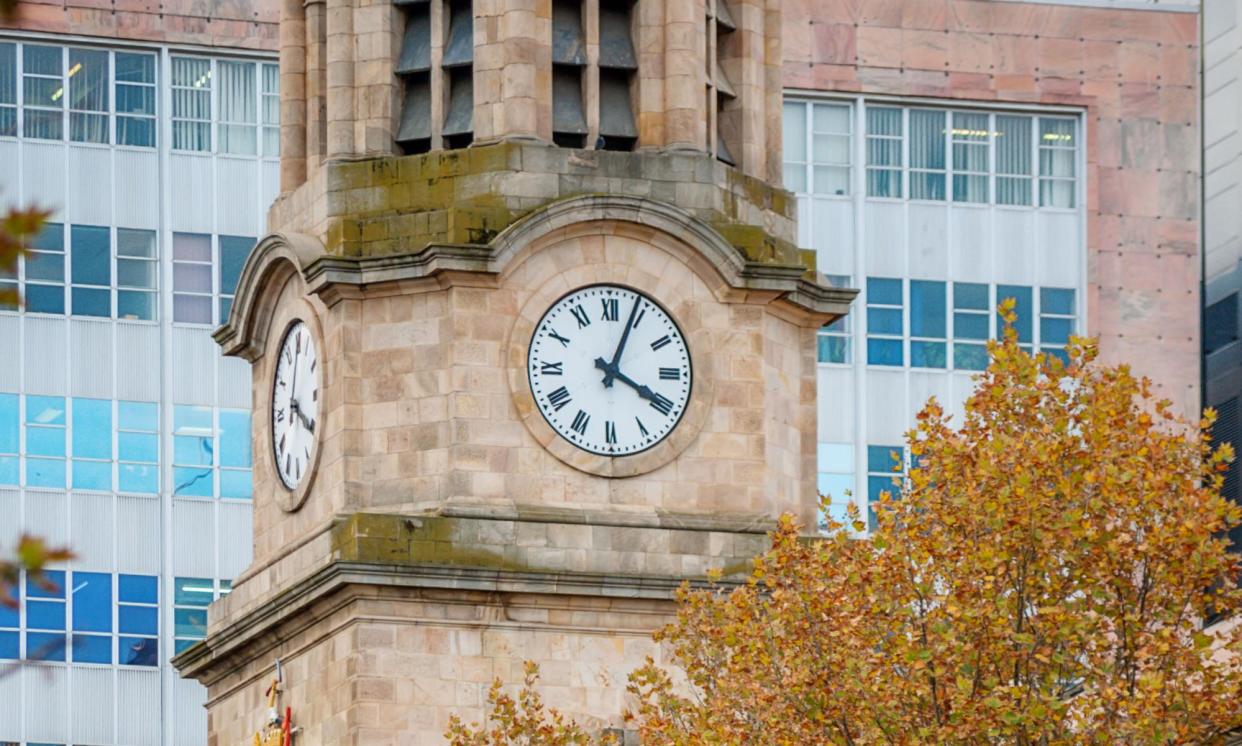Daylight saving time is ending for parts of Australia. When and why do we turn back the clock?

Millions of Australians will gain an hour when daylight saving time for 2024 ends this weekend.
Clocks will go back to standard time, giving residents in New South Wales, Victoria, South Australia, Tasmania and the Australian Capital Territory an extra hour of sleep this weekend.
Here’s what you need to know.
When does daylight saving end?
Daylight saving time for 2024 will end this Sunday 7 April, at 3am. For states and territories using daylight saving, the time will immediately jump back to 2am.
Clocks always swap back to standard time on the first Sunday of April.
Do clocks move forward or back?
Clocks move back by an hour when daylight saving ends.
Digital clocks should move back automatically early on Sunday morning, but you’ll need to set your analogue clocks an hour earlier when you wake up. A daylight saving-set clock showing 7am time should be adjusted back to 6am to align your clock with standard time.
Which states have daylight saving time?
Daylight saving time applies in NSW, SA, ACT, Victoria and Tasmania. Residents in those states will be setting their clocks back an hour this Sunday.
Queensland, Western Australia and the Northern Territory don’t observe daylight saving, so they won’t gain or lose an hour.
Queensland will finally be back on the same clock as the rest of the east coast by Sunday morning, after spending the past six months running an hour earlier.
Why do we have daylight saving?
Australia first adopted daylight saving time during the first and second world wars, hoping to reduce energy usage.
Then Tasmania permanently introduced daylight saving in 1968, while NSW, Victoria, SA and the ACT adopted it from 1971.
The shifting hours give Australians extra evening sunlight for social activities and exercise after work or school.
Daylight saving also helps reduce the change of energy outages, according to associate professor Virginie Masson. “It spreads the load of networks, rather than having peak times where you could potentially have issues with excess demand for your electricity,” she said.
Queensland and Western Australia have dumped the practice due to its unpopularity while the Northern Territory never tried it again after the second world war.
Australia’s north gets more sun later in the day, even without daylight saving, because it’s closer to the Earth’s equator.
Is daylight saving bad for your health?
While there are mental health benefits to having extra sunlight, moving in and out of daylight saving time is bad for your health.
“It’s confusing our body clock, which is disrupting all kinds of functions throughout the body,” said Dr Jacob Crouse, research fellow at the University of Sydney’s Brain and Mind Centre.
Crouse is one of many body clock scientists who say Australia should permanently stick to standard time throughout the year.
Our sleep, stress levels, immune system, appetite regulation (feeling hungry or full), and hormone production can all go “out of whack”, he said.
In the worst-case scenario, research has found daylight saving time also increases the risk of heart attacks and infectious diseases.
Do you get paid for working daylight saving time?
Workers on early Sunday morning shifts may lose an hour of pay when clocks move back at 3am.
Some employment agreements have specific rules about daylight saving pay but workers without specific rules will only be paid by the clock.
When will daylight saving time start again?
For those who like having a bit more daylight in their evenings, you’ll need to wait until the first Sunday in October. In 2024, that falls on 6 October.

 Yahoo News
Yahoo News 
